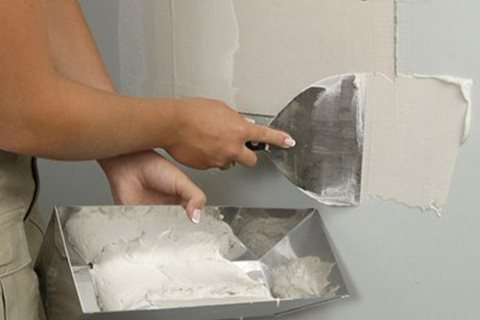To restore and space of drywall that has been damaged you will have sheet rock, a utility knife, fast dry-low dust joint compound, mesh tape for drywall, one inch galvanized drywall screws, a drill, drywall knife and a drywall sanding block. Insert the drywall patch within the gap, and screw it to the cleats utilizing drywall screws. Either cover the opening with a self-adhering fiberglass mesh patch, or if studs are seen (the wood behind the walls that anchors the drywall sheets), fill the hole with a equally sized piece of drywall after which nail or screw it to the studs. Utilizing mesh drywall tape or the patches supplied with a drywall repair package stick the patch over the hole.
On the same time, nonetheless,repairing sheetrock shouldn’t be difficult, Patching even the most important holes in drywall is within the skills of nearly every home-owner, isn’t costly to do and does not require a large inventory of tools or supplies. We are a professional drywall firm in Tampa, FL offering quality drywall restore and texture companies at a fair price!
Set up wooden cleats against the studs on each side of the opening to help the new drywall’s vertical edges (image 1). Use scrap wooden comparable to 1×2 furring for smaller repairs; if you are replacing a big sheet of drywall, reinforce the opening with 2×3 lumber. What many individuals do not realize, however, is that working with the drywall compound takes quite a lot of expertise.
When wall studs and ceiling joists bend and twist, which regularly occurs in new houses built with wood that dries after it is put in, the framing members can push and draw back from the drywall, inflicting the drywall nails to pop out of the wood. Professionals are also a more sensible choice for tricky or exhausting to reach areas, equivalent to ceilings or around plumbing pipes where cutting the drywall is required.
If the bead is dented, use a steel-chopping hack saw to cut by way of the bead above and below the broken area (picture 1). Then use a utility knife to cut vertically around the nook bead (picture 2). Nook bead is normally attached with drywall nails, so use a pry bar or claw hammer to remove the fasteners. Put together tin can lid that’s not less than eleven/2 inches extra in diameter than hole in drywall for backing piece.